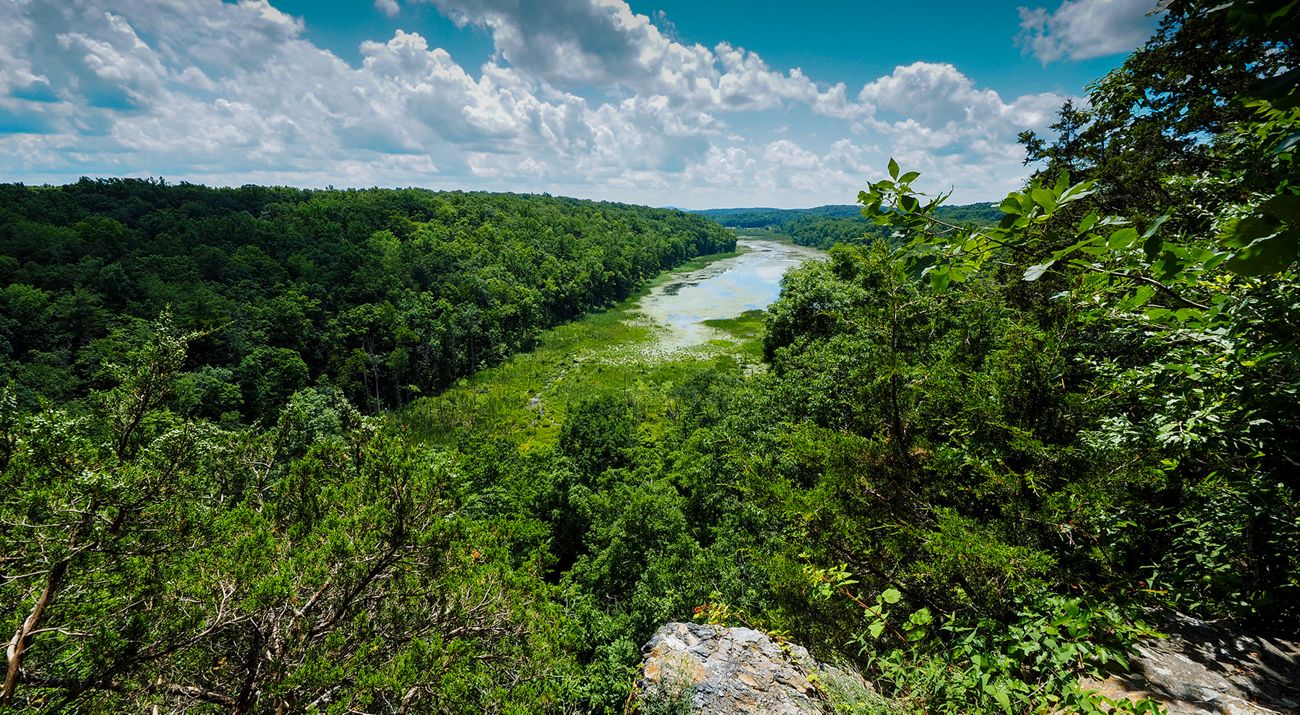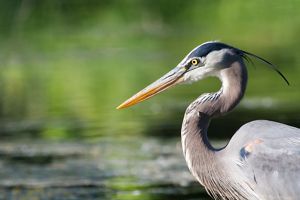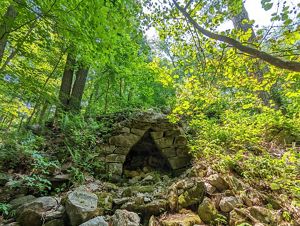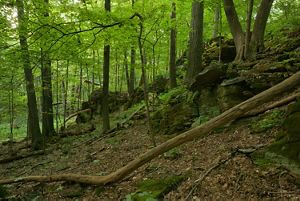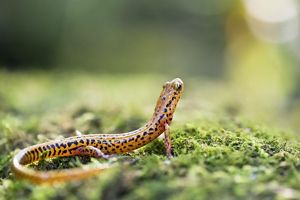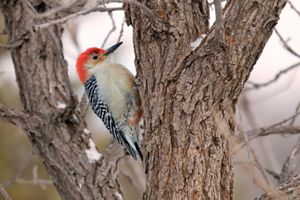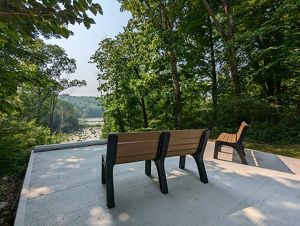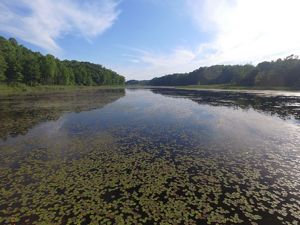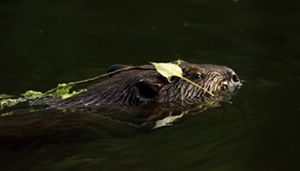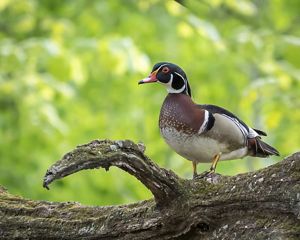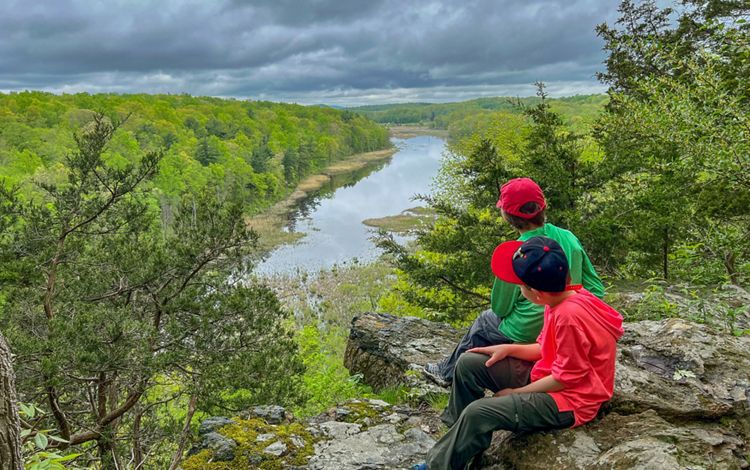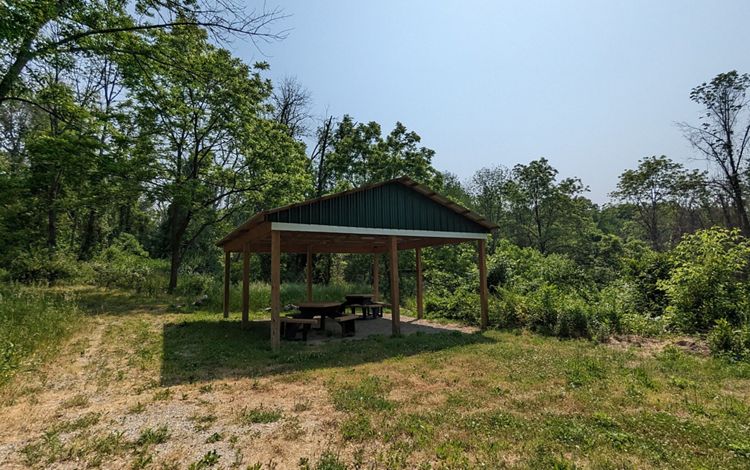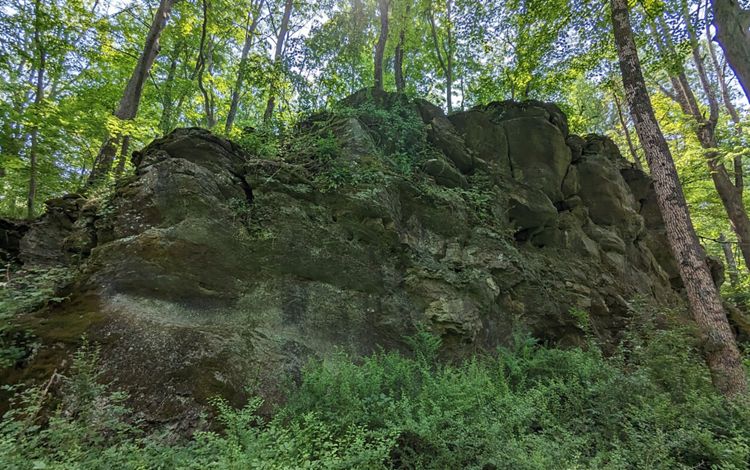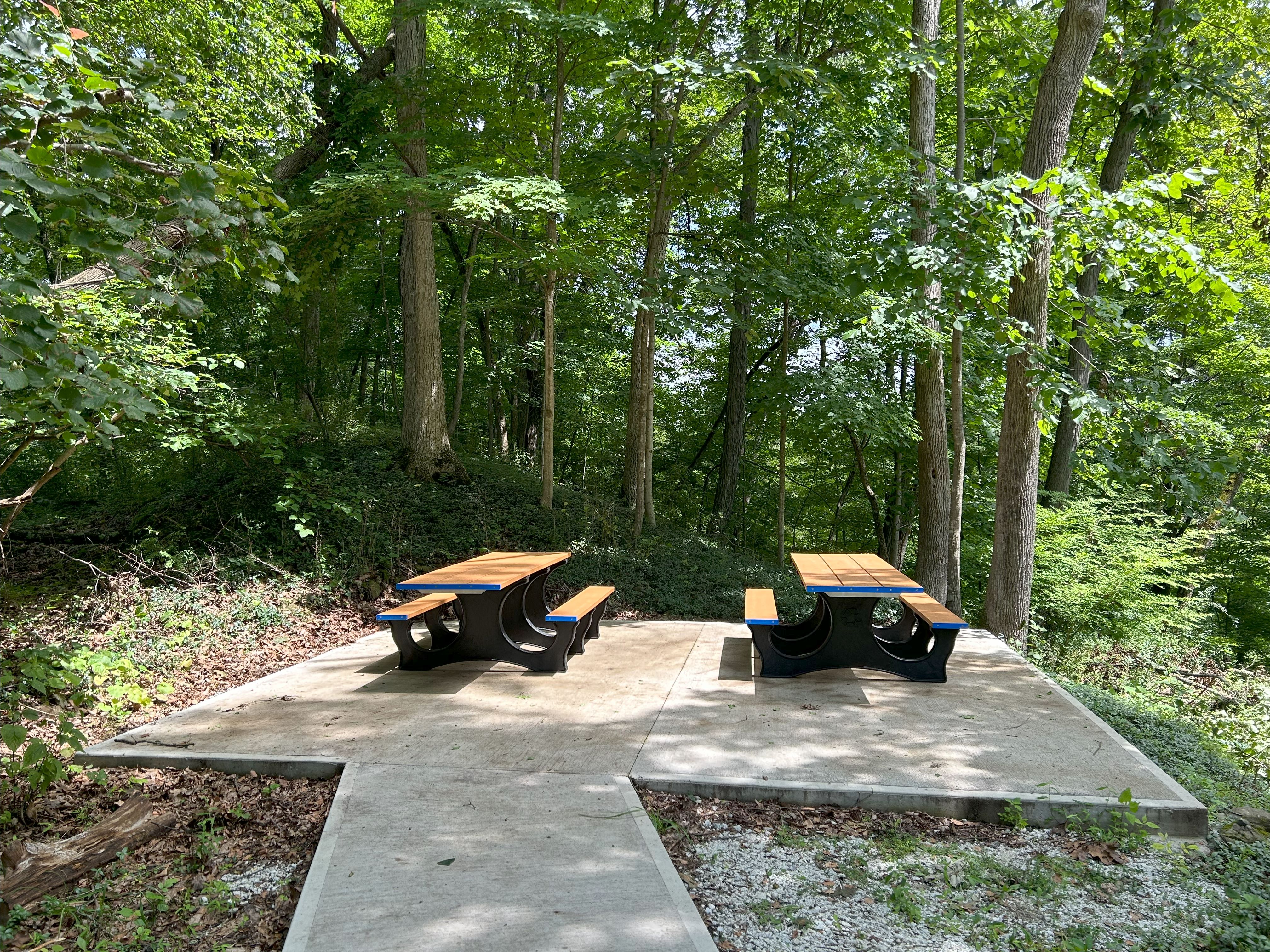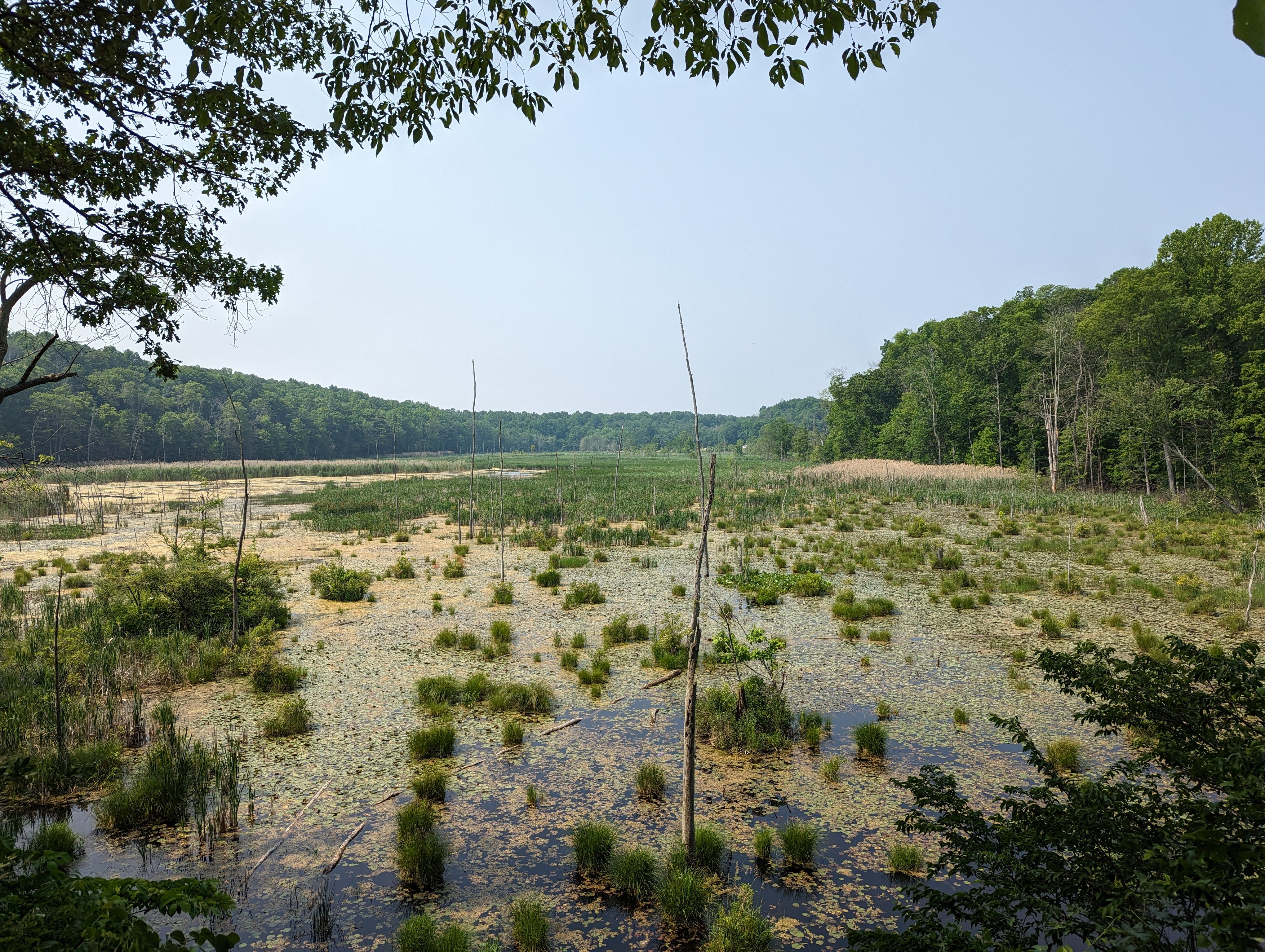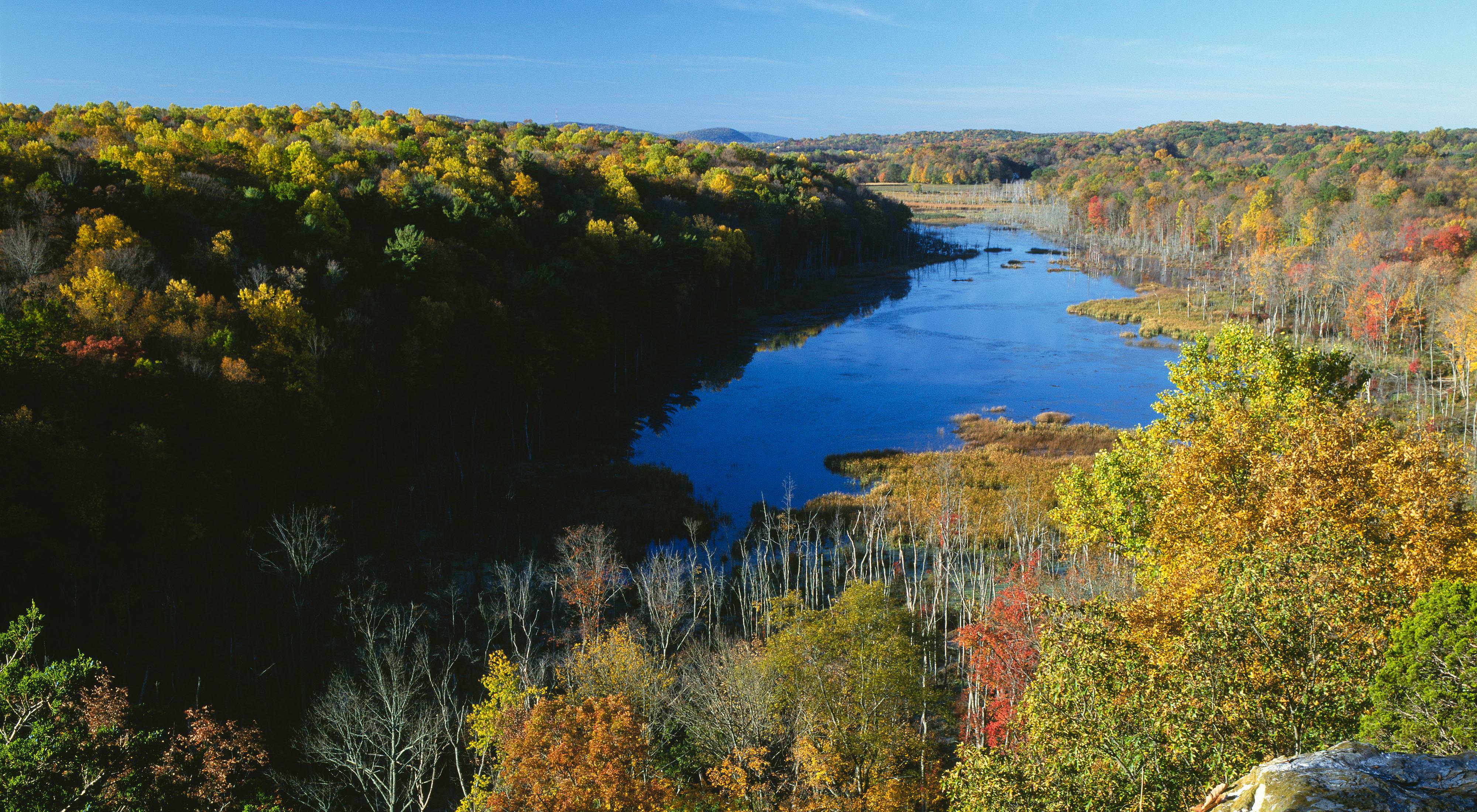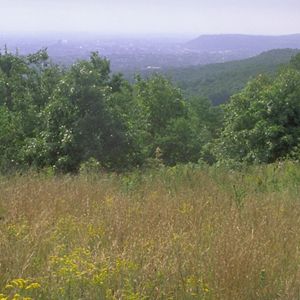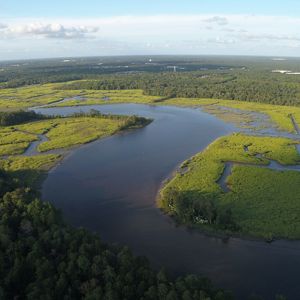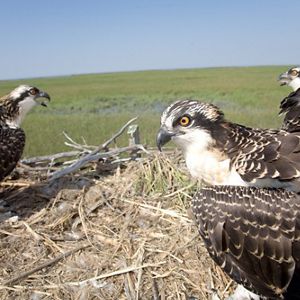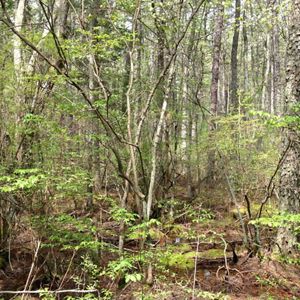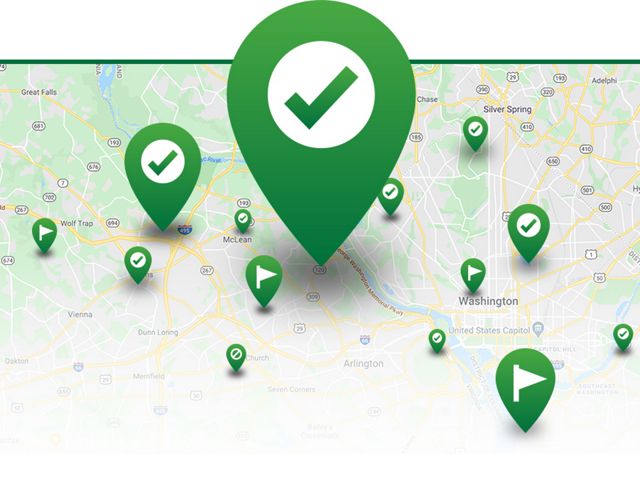Description
Johnsonburg Swamp Preserve celebrates true New Jersey wilderness and is considered one of the most important and species-rich natural areas in the state. Established in 1990, the 700+ acre site is home to a spectacular limestone forest and the glacier-formed Mud Pond, a scenic limestone wetland that supports rare plants (including the carnivorous lesser bladderwort) and waterfowl.
The preserve is a habitat stronghold within Bobcat Alley, a vital corridor of protected land that TNC and partners are working to create in northwestern New Jersey. Iconic mammals like black bears, red foxes and state-endangered bobcats can thrive in this greenway, which connects critical migratory habitat between and along ridges of the Kittatinny and Highlands mountains, subranges of North America's Appalachian Mountains.
Bobcat Alley—Johnsonburg Swamp Preserve included—is of outsized importance on a continental level as a funnel region for species moving along the Appalachians, which are a vital and resilient refuge for nature in a changing world.
